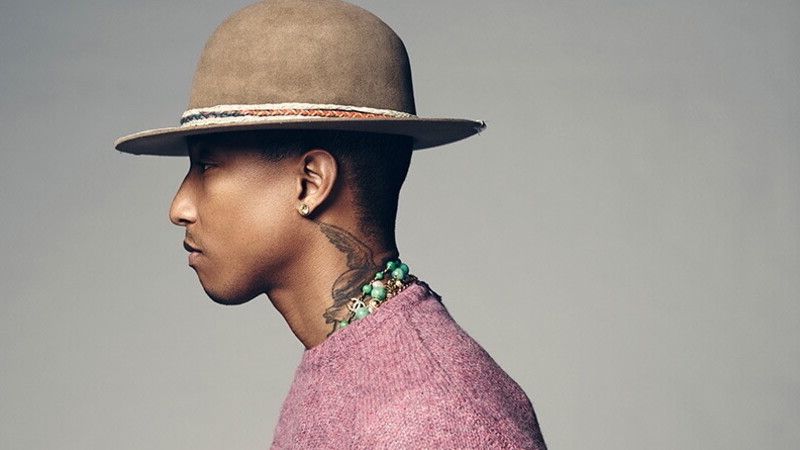Pharrell ⇇ Making ⇇ Backwards
The art of emotional counterfeit.

Pharrell's a master of reverse creation.
He sets out to capture the energy and feeling of the work he loves, but in a way that creates something new. It's a different, more precise way of using inspiration.
He talked to Rick Rubin about how he does it.
The baseplate is that you should always be open to channeling the work of artists you admire. It lets you be inspired by their style and touch, instead of treading your familiar, safe paths. And you can apply that spirit to the work you love, work you just can't stop replaying, again and again.
This requires sensitivity to how any piece of art makes you feel.
'If I don't know how I feel about it, I don't know what it is.'
To effectively reverse engineer what you love means more than just having an aesthetic experience. You need to get under the skin of it, figure out its mechanisms. This takes study; not so much analysis as empathic observation:
'I listen a bunch of times. First to remember the feeling... It's not like math... but chords make you feel something. Chords are co-ordinates... they send you places.'
It's the repeated engagement that helps you uncover what you're feeling, and why. Setting the groundwork for you to play and experiment with the effect until it creates that familiar feeling.
Masterful copying is a great skill in its own right, but emotional counterfeit is an art. A simulacrum of feeling, but where every syllable is different.
'It's like – how do you build a building that doesn’t look the same... but makes you feel the same way?'
Pharrell has been burned by this process of course... Blurred Lines was sued for being too close to a Marvin Gaye track. That's the price of doing a job too well, you fly a little close to the sun, it melts the wings a little.
So if you're lucky, the process ends the way it starts:
'You know something you made is good when you want to play it over and over.'
Reverse making, done right, always takes you back to where you began.
.
.
.

